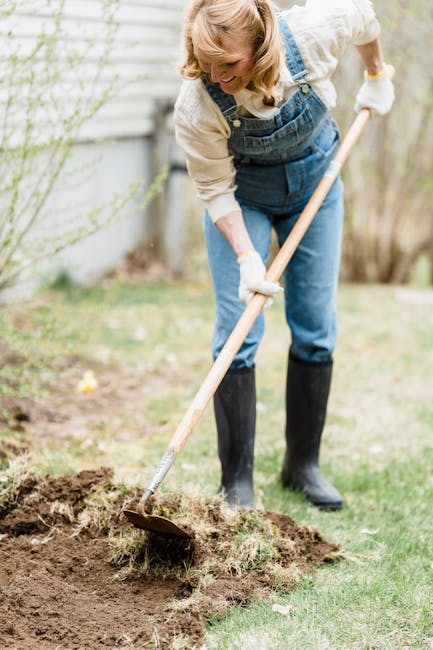Mastering Lilac Propagation from Cuttings: A Comprehensive Guide to Success
Mastering Lilac Propagation from Cuttings: A Comprehensive Guide to Success
Lilacs, with their intoxicating fragrance and vibrant blooms, are a cherished addition to any garden. But these beautiful shrubs can be expensive to purchase, prompting many gardeners to explore propagation methods. While lilacs can be propagated through various techniques, propagating lilacs from cuttings offers a rewarding and cost-effective way to expand your lilac collection. This comprehensive guide will delve into the intricacies of successfully propagating lilacs from cuttings, covering everything from selecting the right cuttings to nurturing them into thriving plants.

Choosing the Right Cuttings: The Foundation of Success
The success of lilac propagation from cuttings hinges heavily on selecting the right material. Using unsuitable cuttings will drastically reduce your chances of success. Here’s what to look for:

- Timing is Crucial: The ideal time for taking lilac cuttings is during the early summer, specifically after the flowering period but before the onset of new growth. This timeframe ensures the cuttings are mature enough but not yet hardened off for the season.
- Healthy and Vigorous Source Plant: Choose cuttings from a healthy, mature lilac bush displaying strong growth and vibrant foliage. Avoid cuttings from plants exhibiting signs of disease or stress.
- Semi-Hardwood Cuttings: Opt for semi-hardwood cuttings, which are stems that are firm but not completely woody. These cuttings offer the best balance of flexibility and resilience for successful rooting.
- Cutting Length and Preparation: Cuttings should be approximately 4-6 inches long. Each cutting should have at least three nodes (points where leaves or branches emerge) or more. Make clean, sharp cuts with a sterilized knife or pruning shears to minimize the risk of infection.
Preparing the Cuttings for Propagation: Setting the Stage for Success
Once you’ve selected your cuttings, preparing them for propagation is vital. This involves removing lower leaves and treating the cuttings to enhance rooting:
- Removing Lower Leaves: Remove the lower leaves from the bottom inch or two of the cutting. This prevents rot and allows for easier insertion into the propagation medium.
- Dipping in Rooting Hormone (Optional but Recommended): Using a rooting hormone powder significantly boosts the success rate of lilac propagation. Follow the instructions on the rooting hormone package for proper application.
- Choosing the Propagation Medium: A well-draining medium is crucial for preventing rot. A mix of perlite and vermiculite, or a commercial seed starting mix, works well. Avoid using garden soil, as it tends to retain too much moisture.
Planting and Caring for Lilac Cuttings: The Nurturing Phase
With your cuttings prepared, it’s time to plant them and provide the ideal environment for rooting:
- Planting Technique: Insert the cuttings into the propagation medium, leaving a couple of nodes above the soil level. Space them adequately to prevent overcrowding.
- Humidity Control: High humidity is critical for successful rooting. Covering the cuttings with a clear plastic bag, a humidity dome, or a propagator will help maintain a humid environment. Be mindful of ventilation to avoid the buildup of mold or fungal diseases.
- Light Exposure: Place the cuttings in a location with bright, indirect sunlight. Avoid direct sunlight, which can scorch the delicate cuttings.
- Watering: Keep the propagation medium consistently moist, but not waterlogged. Overwatering can lead to root rot, while underwatering will hinder root development. Monitor carefully and adjust watering based on the moisture level of the medium.
- Temperature Management: Maintain a warm temperature, ideally around 70-75°F (21-24°C). Consistent warmth stimulates root growth.
Monitoring Progress and Transplanting: Patience and Observation
Rooting typically takes several weeks, sometimes even a couple of months. Patience is key. Regularly check the cuttings for signs of growth. Once you observe new growth, it’s an indication that roots have developed. Here’s what to consider:
- Signs of Rooting: New leaf growth is the most noticeable sign of successful rooting. Gently tugging on the cutting will reveal resistance if roots have formed. Avoid this test too early, as it can damage the fragile roots.
- Transplanting: Once the cuttings have developed a robust root system, they are ready for transplanting into individual pots filled with well-draining potting mix. This is typically after 8-12 weeks.
- Hardening Off: Before transplanting the rooted cuttings outdoors, gradually acclimate them to outdoor conditions through a process called hardening off. This gradually exposes them to sunlight, wind, and temperature variations, minimizing shock.
Troubleshooting Common Problems: Addressing Challenges
Lilac propagation from cuttings is not always straightforward. Several challenges can arise. Being aware of these and understanding solutions is crucial for success:

- Rotting: Overwatering is the primary cause of rotting. Ensure adequate drainage and avoid overwatering. Proper ventilation is also key.
- Fungal Diseases: Poor ventilation and excessive moisture can lead to fungal infections. Maintain good air circulation and remove any affected cuttings promptly.
- Slow or No Growth: Insufficient light, improper temperature, or a lack of rooting hormone could cause slow or no growth. Review your conditions and make adjustments.
Advanced Techniques: Exploring Alternative Approaches
While the basic method outlined above is highly effective, certain variations can further improve success rates:
- Air Layering: This technique involves wounding a branch, wrapping it in moist sphagnum moss, and waiting for roots to form before cutting it off. It provides a higher rooting success rate but requires more time and effort.
- Using a Propagator: A heated propagator provides consistent temperature and humidity, improving rooting chances, especially in less-than-ideal environments.
- Different Rooting Hormones: Experiment with various rooting hormones to determine which works best for your conditions and lilac variety.
Conclusion: Reap the Rewards of Your Efforts
Propagating lilacs from cuttings is a rewarding endeavor. It allows you to multiply your favorite lilac varieties, expanding your garden or sharing the beauty with others. While it requires patience and attention to detail, the success of watching these cuttings grow into healthy plants is incredibly satisfying. By following the techniques and tips outlined in this guide, you can significantly increase your chances of success and enjoy the fragrant beauty of homegrown lilacs for years to come.






